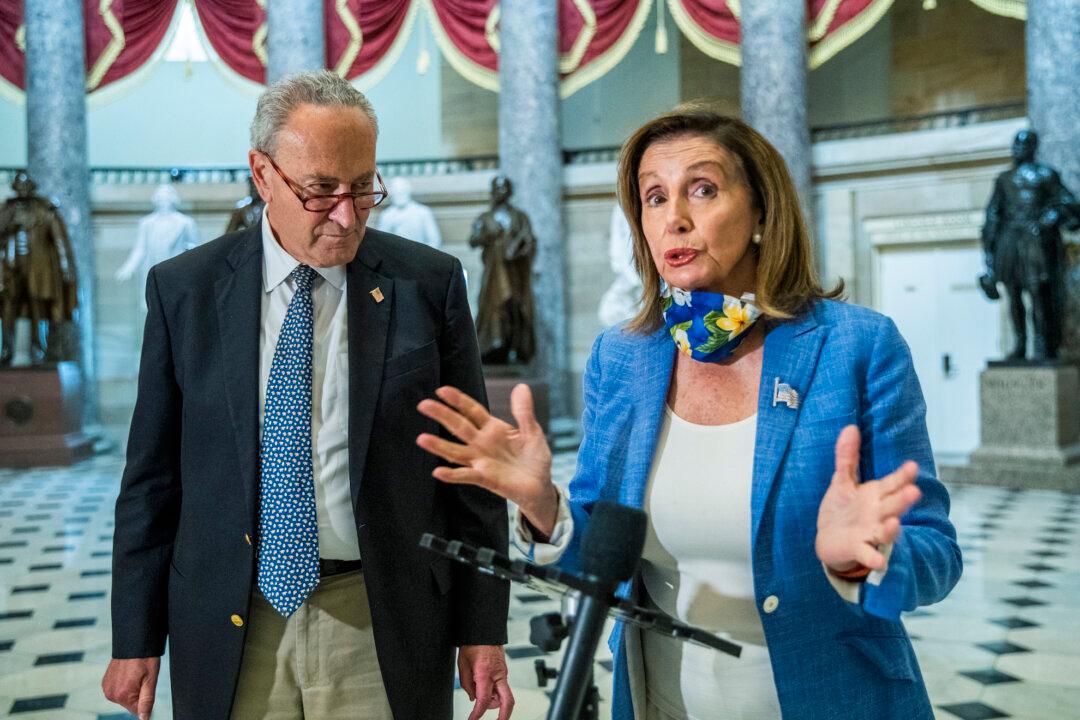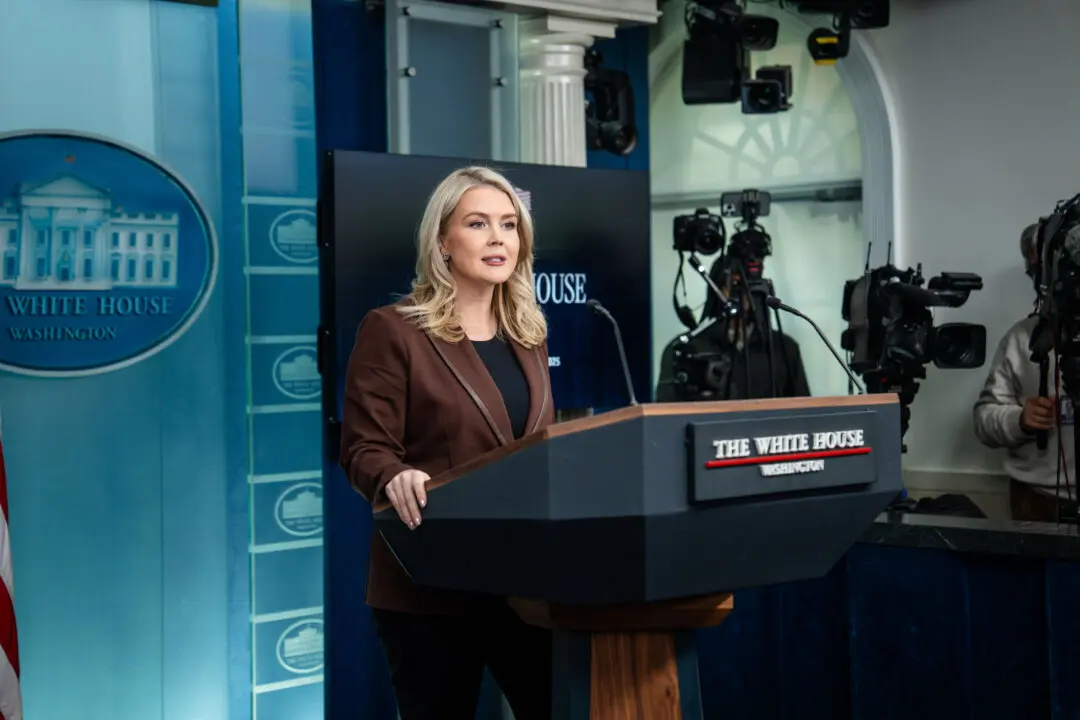WASHINGTON—Wall Street received a boost from President Donald Trump’s new executive orders that extended some pandemic relief. While the relief falls short of expectations, it provides a new incentive for Congress to reach a deal on a broader fiscal package, economists say.
Trump signed four executive orders on Aug. 8, extending extra unemployment benefits, deferring payroll taxes, extending student loan relief, and providing assistance to renters and homeowners through eviction protections.





